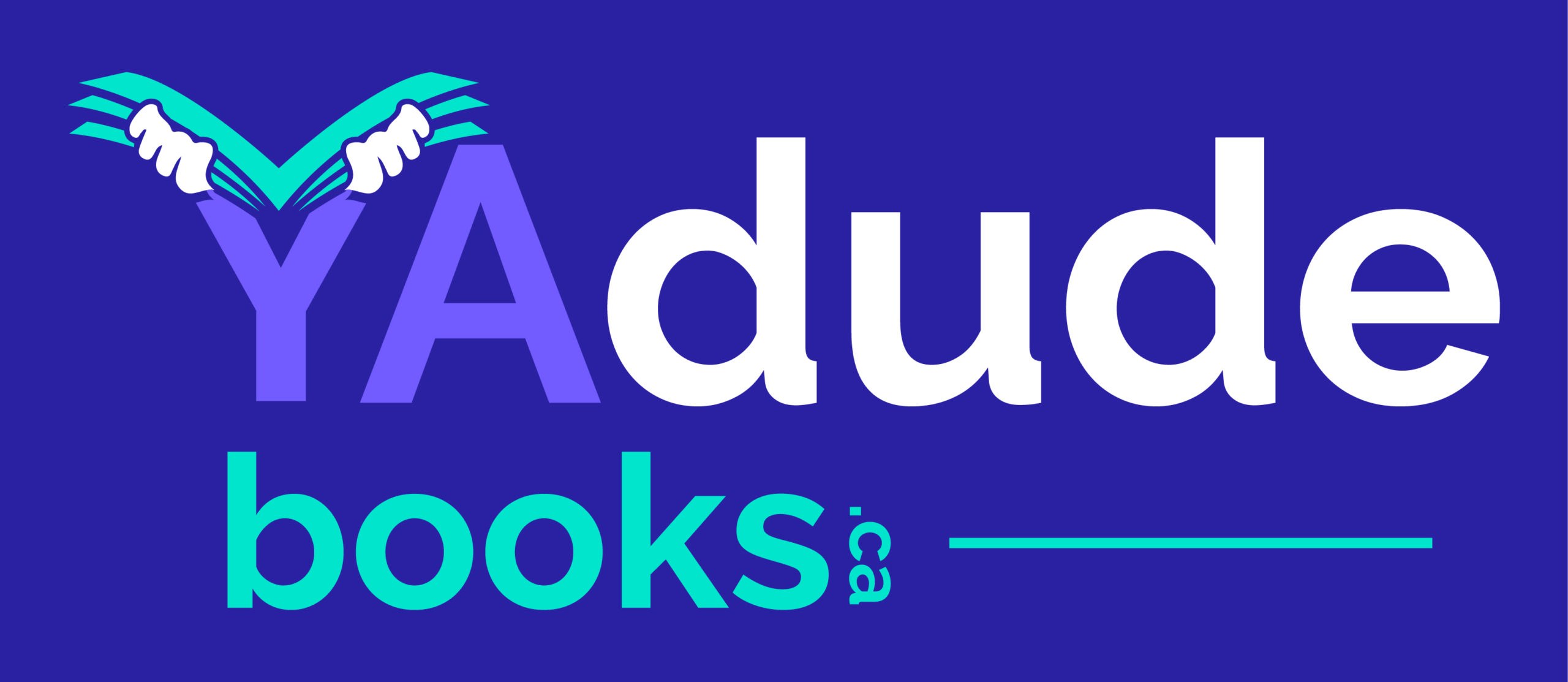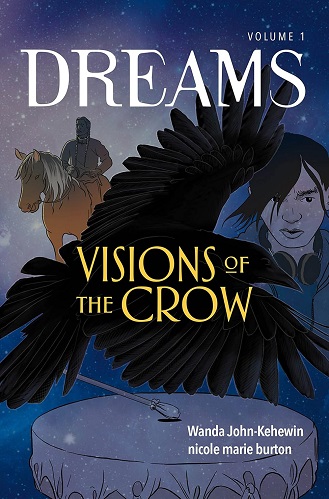Your ancestors have called us to help you.”
“I think y’all have the wrong number.”
Damon Quinn just wants to get through his senior year unscathed. His mom struggles with alcohol and is barely coping with the day-to-day. Marcus and his cronies at school are forever causing Damon trouble. The new girl, Journey, won’t mind her own business. To make matters worse, now a mysterious crow is following him everywhere. After he is seized by a waking dream in the middle of a busy street, Damon is forced to confront his mom with some hard questions: Why haven’t I met my dad? Where did we come from? Who am I?
Damon must look within himself, mend the bond with his mother, and rely on new friends to find the answers he so desperately needs. Traveling through time and space, Damon will have to go back before he can move forward.
The author: “When I was growing up on the Kehewin Cree Nation, which is a reserve in Alberta, I read many books… [but] they showed a different world from the one I lived in – the world of my reserve, which experienced serious social problems like abuse, addiction, loss of parents and traditional parenting, and incarcerated family members… There just weren’t any stories out there that represented our lives or showed us ways to deal with our experiences that would keep us intact. This made me feel very alone. It was difficult for me to explain my experiences to others.”
Enter Dreams: Visions of the Crow, in which Damon is definitely struggling, yet has people (and a crow) who reach out to him, even if he’s initially reluctant to acknowledge them. It definitely reflects teen talk and humor; kudos to the author for that. We see bullying, violence, alcoholism and visions. We’re reminded of the long-term effects of generations forced into residential schools. But more importantly, we’re treated to a sense of hope and understanding.
“Learning about where we came from tells us where we need to go.”
“I want you to stay sober and I’m learning about relapse. I’m not judging you.”
The illustrations are outstanding, the story is well-paced and the characters are believable. More importantly, the character arcs offer the reader tools, insights and understanding. This book is not just for Indigenous teens; it’s for anyone who interacts with them. Let stories like this prevent kids from feeling alone – or clueless about how others live and feel.
Thanks, Wanda John-Kehewin and nicole marie burton, for a great graphic novel.
-Pam Withers


